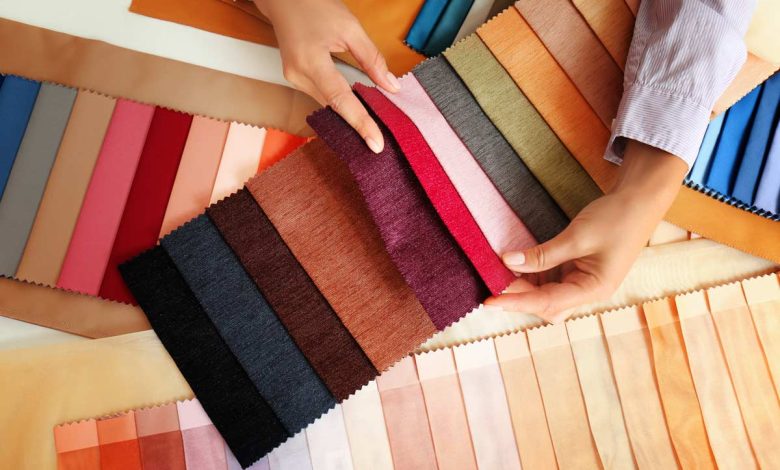What Type of Textiles Can Contribute to Sustainable Living?

bOrganic cotton is grown without the use of toxic pesticides or genetically modified organisms (GMOs), making it a more sustainable choice compared to conventional cotton. The absence of chemicals in clothes especially from Wholesale T & A Textiles & Hosiery means less environmental pollution and healthier conditions for farmers and their communities. Furthermore, organic cotton farming practices often emphasize water conservation and the use of natural fertilizers, which enhance soil quality. This can lead to a longer-lasting farming ecosystem capable of producing cotton for generations. Choosing organic cotton contributes to less water and air pollution, preserves biodiversity, and supports healthier ecosystems.
Bamboo Fiber
Bamboo fiber is derived from the bamboo plant, which is a fast-growing, renewable resource that requires no fertilizer and regenerates from its own roots, so it doesn’t need to be replanted. The Bamboo can grow in a variety of climates and soils, making it an extremely resilient plant. The fabric made from bamboo is soft, breathable, and has antibacterial properties, which makes it suitable for clothing, especially for those with sensitive skin. However, it’s important to check the processing method used to convert bamboo into fabric, as some methods involve heavy chemical use which can offset some of its eco-friendly benefits.
Hemp Fabric
Hemp is one of the most environmentally friendly fibers available today. The hemp plant is naturally resistant to pests and grows densely, reducing the need for chemical herbicides. It also returns a large percentage of the nutrients it takes from the soil, making it possible for farmers to grow food crops immediately after hemp without a fallow period. Hemp fabric is durable, absorbent, and becomes softer with each wash. It’s used in a wide range of products, from apparel to home textiles, offering an excellent alternative for eco-conscious consumers.
Elevating Home Cooking with Professional Spice Techniques
Recycled Polyester
Recycled polyester, made from recycled plastics like PET bottles, is a sustainable alternative to virgin polyester because it uses less energy and fewer resources. By diverting plastics from landfills and the ocean, recycled polyester not only helps reduce waste but also decreases the dependency on petroleum as a source for raw materials. Fabrics made from recycled polyester can be continuously recycled without degradation of quality, allowing for multiple life cycles of use. This process significantly reduces the carbon footprint and environmental impact associated with production.
Lyocell (Tencel)
Lyocell, often known by its brand name Tencel, is a fiber made from the wood pulp of trees that are grown and replaced on specialized tree farms. Unlike other cellulosic fabrics, Lyocell is produced using a closed-loop process that recycles almost all the chemicals used. This process significantly reduces environmental impact by minimizing waste and energy consumption. Tencel is known for its softness, strength, and breathability, making it an excellent choice for clothing and bedding. Its ability to absorb moisture makes it great for active wear, and its smooth fiber surface feels gentle against the skin, which is beneficial for sensitive skin types.
Key Responsibilities of Solicitors in Criminal Offences
Wool
Wool is a natural fiber obtained from sheep and other animals, including goats (cashmere and mohair), rabbits (angora), and alpacas. It is renewable and biodegradable. Wool has excellent natural properties such as being warm in winter yet cool in summer due to its insulating capabilities. It can also absorb moisture without feeling wet, making wearing in varying weather conditions comfortable. Sustainable wool production involves practices that support animal welfare, improve pastureland quality, and use less water and energy. Choosing responsibly sourced wool minimizes the environmental impact, and animal welfare standards are upheld.
Silk
Silk is a luxurious natural fiber produced by silkworms. It is highly renewable and biodegradable, and its production is relatively low impact compared to synthetic fibers. When done responsibly, silk farming can be a sustainable practice, although traditional methods often involve killing the silkworms. More humane alternatives, such as “peace silk,” allow the moth to emerge from the cocoon naturally before the fibers are harvested. Silk’s natural temperature-regulating properties make it comfortable to wear in both warm and cool weather. It is also hypoallergenic, making it suitable for those with sensitive skin.
Linen
Linen is made from the flax plant’s fibers, known for its minimal water requirements. It can grow in poor-quality soil and typically does not require chemical pesticides, making it a more environmentally friendly option. Linen is fully biodegradable and highly durable, which allows linen garments to last for decades. The fabric is valued for its exceptional coolness and freshness in hot weather, making it ideal for summer wear. Its natural crispness can also enhance the aesthetic quality of clothing. Additionally, linen becomes softer and more absorbent with each wash, contributing to its long-term usability in a sustainable wardrobe.



